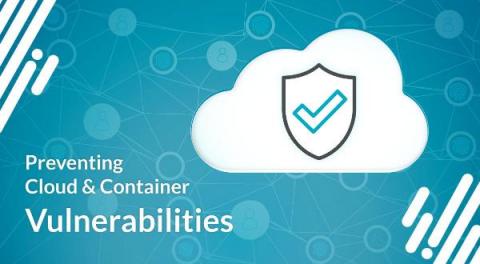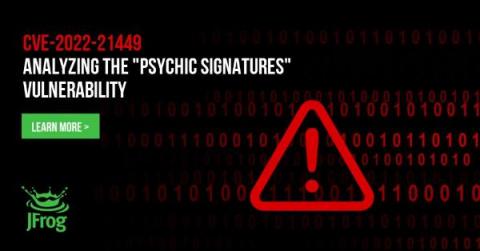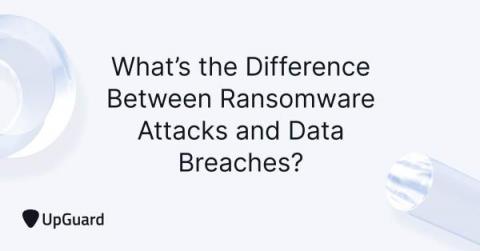Security | Threat Detection | Cyberattacks | DevSecOps | Compliance
Latest News
REvil reborn? Notorious gang's dark web site redirects to new ransomware operation
Sometimes referred to as Sodinokibi, the notorious REvil ransomware-as-a-service (RAAS) enterprise was responsible for a series of high profile attacks against the likes of the world’s biggest meat supplier JBS Foods and IT service firm Kaseya. However, it looked like its activities had come to a halt after law enforcement agencies pushed REvil offline in October 2021, and Russia reportedly arrested 14 of the gang’s members earlier this year.
Preventing cloud and container vulnerabilities
Vulnerabilities are software bugs or weaknesses that could be used by an attacker. They could be present in the operating system, application code, and third-party code dependencies, such as libraries, frameworks, programming scripts, and so on. By taking a secure DevOps approach and identifying vulnerabilities early in development, you avoid frustrating developers with delays when an application is ready for production.
Welcome to the Age of Cybersecurity Attack Stories
Let me tell you a story. Not a bedtime story or the sort of happy-ending story you’d read to your kids. This is a darker, much more serious story. It’s a story about cybersecurity. Specifically, it’s a story about attack stories. You may be asking yourself, what is an attack story? Every cyberattack has a story. And that story consists of a sequence of steps adversaries take to learn, access and control the resources and data of the victims they’re pursuing.
CVE-2022-21449 "Psychic Signatures": Analyzing the New Java Crypto Vulnerability
A few days ago, security researcher Neil Madden published a blog post, in which he provided details about a newly disclosed vulnerability in Java, CVE-2022-21449 or “Psychic Signatures”. This security vulnerability originates in an improper implementation of the ECDSA signature verification algorithm, introduced in Java 15.
Software Supply Chain Security: The Basics and Four Critical Best Practices
Enterprise software projects increasingly depend on third-party and open source components. These components are created and maintained by individuals who are not employed by the organization developing the primary software, and who do not necessarily use the same security policies as the organization. This poses a security risk, because differences or inconsistencies between these policies can create overlooked areas of vulnerability that attackers seek to exploit.
SLACIP: How to Comply with the SOCI ACT Reforms
On March 31, 2022, the Security Legislation Amendment Critical Infrastructure Protection Act 2022, also known as SLACIP, was passed by the Australian Parliament. The SLACIP Act aims to build upon the SOCI Act framework to improve the security of Australia’s critical infrastructures. To learn how the SOCI Act reforms will affect you and for guidance on how to comply with its new risk management requirements, read on.
Ransomware Attacks Vs. Data Breaches: What's the Difference?
Ransomware attacks and data breaches seem to be continuously contending for the top positions in news feeds. But what's the difference between these cyber threats and which should you be most concerned about? For a comprehensive breakdown of each type of cyberattack, read on.
What is tokenization, what are the types of tokenization, and what are its benefits for eCommerce businesses?
Image source: Freepik This blog was written by an independent guest blogger. As eCommerce grows, there are more issues concerning payments and security. Customers still don’t enjoy a smooth user experience, can’t access fraud-free transactions, and there are still many declined transactions. Online shopping still lacks a seamless experience due to the risks of storing and handling sensitive account data.
Build your robust data strategy the right way
To uncover how to build the best data strategy for your business, we chat with Adam Ryan, Calligo’s Chief Data Officer for Data Strategy on what to do, what to avoid – and everything else in between…











